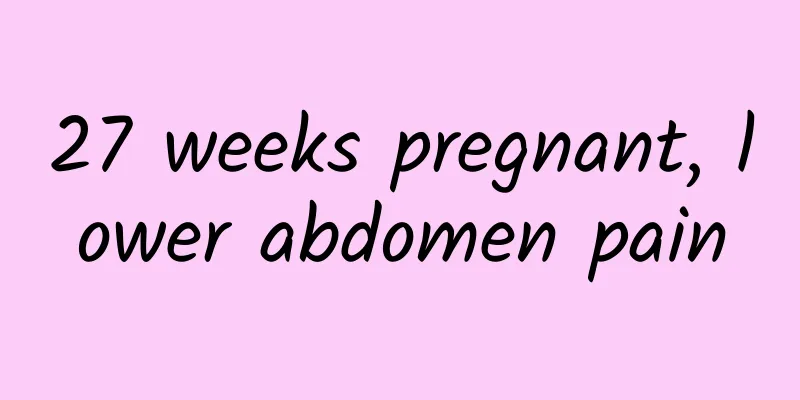What is myasthenia

|
Myasthenia literally means that the body's muscles have no strength. It means that the patient is very tired and his limbs do not have enough strength to do other things. The most common symptoms are drooping eyelids and a feeling of tired muscles throughout the body, which will be more serious after exercise. If you encounter muscle weakness in your life, you should go to a regular hospital for treatment in time. Generally, the occurrence of this disease is due to the presence of too much immunoglobulin in the patient's body, which leads to muscle weakness. If not treated promptly, myasthenia gravis may occur. The clinical manifestations of myasthenia are that skeletal muscles throughout the body can be affected, but extraocular muscles are most commonly affected. Specific manifestations include ptosis, diplopia, etc., or involvement of muscles throughout the body at the same time, which worsens after fatigue, partially recovers after rest, and becomes lighter in the morning and heavier in the evening. The range and degree of muscle involvement vary greatly. Laboratory examinations showed elevated serum immunoglobulins in 2/3 of the patients. Acetylcholine receptor (AchR) antibodies are elevated in the serum of most patients. Chest X-rays and thymus X-rays often show thymic hyperplasia or thymic tumors. Electromyographic examination showed that the amplitude of muscle action potential was reduced, and single-fiber electromyography showed that the transmission of excitation between fibers was delayed or blocked. Western medicine mainly treats myasthenia with anticholine esterase drugs and immunosuppressants. Anticholesterase drugs include neostigmine, pyridostigmine, enzyme inhibitor or mestigmine. The side effects of these drugs include pupil constriction, excessive salivation, sweating, abdominal pain, diarrhea, etc., which can be counteracted by taking atropine at the same time. The main immunosuppressants include corticosteroids and cyclophosphamide. Surgery is suitable for patients with thymoma. If muscle weakness affects the medullary muscles and respiratory muscles and the body cannot maintain normal ventilation function, it enters a dangerous state, which is called myasthenic crisis. The most important measure at this time is to keep the airway open. Tracheotomy or nasal intubation should be performed as soon as possible, a nasogastric feeding tube should be placed, and assisted breathing should be provided. In addition, lung infection and gastrointestinal bleeding should be prevented. This disease belongs to the category of "impotence" in traditional Chinese medicine. Causes In recent years, ultrastructural studies have found that muscle weakness is mainly caused by lesions of the postsynaptic acetylcholine receptor (AChR). Many clinical phenomena also suggest that this disease is related to immune mechanism disorders. Myasthenia is an autoimmune disease that affects neuromuscular junction transmission. Its exact pathogenesis is still unclear, but there are still many studies on the disease. Among them, the most studied are the relationship between myasthenia and the thymus, and the role of acetylcholine receptor antibodies in myasthenia. A large number of studies have found that the number of acetylcholine receptors (AchR) on the postsynaptic membrane at the neuromuscular junction of myasthenia patients is reduced, anti-AchR antibodies are present at the receptor site, and IgG and C3 complexes are deposited on the postsynaptic membrane. It has also been proven that the increase in anti-AchR antibodies in serum and the decrease in the number of effective AchRs caused by their deposition on the postsynaptic membrane are the main causes of this disease. The thymus is the main place where AchR antibodies are produced. Therefore, the occurrence of this disease is generally closely related to the thymus. Therefore, regulating the human body's AchR, increasing its number, dissolving the deposits on the postsynaptic membrane, and inhibiting the production of anti-AchR antibodies are the key to curing this disease. Myasthenia gravis is an autoimmune disease. One of the characteristics of this type of disease is that the course of the disease is chronic and protracted, with alternating remissions and exacerbations. Most patients can achieve clinical recovery after treatment. The above is an explanation to everyone about what myasthenia gravis is. I believe that after reading this, you will have a deeper understanding of myasthenia gravis. We can learn more about diseases in our daily lives, which can increase our understanding of diseases and is actually a way to protect ourselves. |
Recommend
Can rhinitis be cured?
Rhinitis is mainly some non-seasonal rhinitis, wh...
What are the precautions after fire therapy?
What is fire therapy? In professional terms, it i...
How to make delicious pumpkin stewed chicken
In today's society, most people have begun to...
Ginkgo biloba soft capsule
Nowadays, many people pay attention to health pre...
What is vaginal herpes? How to check?
A healthy body allows everyone to better pursue a...
What to do if your lips are peeling? Chinese medicine teaches you how to care for your lips
Due to the dry weather, the skin loses moisture e...
What are some tips for treating colds and headaches?
It is quite common to have a headache when you ha...
Why do women have back pain and stomach pain?
There are many reasons for low back pain and stom...
How effective is light-curing dental restoration?
Tooth light curing, also known as tooth light cur...
What to do if you have frequent urination
Many women who are pregnant have a big worry: as ...
What causes peeling of fingers?
There are many common problems with fingers. When...
What is personality disorder? You need to know this
The so-called personality disorder is a type of p...
The benefits of carrot leaves
Radish leaves have certain therapeutic effects an...
Pitting edema
Do you know about pitting edema? Do you know what...
How long should I take the Bushen Yinao Capsules?
Bushen Yinao Capsule is a Chinese patent medicine...









